A throwback to working in Backus Woods
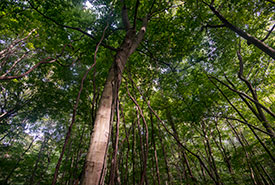
Forest canopy in Backus Woods, ON (Photo by Neil Ever Osborne)
I had the pleasure of working for the Nature Conservancy of Canada (NCC) for the summer of 2019 as a conservation technician out of the Norfolk County, Ontario, office. When I first came to Norfolk, I was expecting to see mostly farmland and...
Emblems of Canada: tree edition
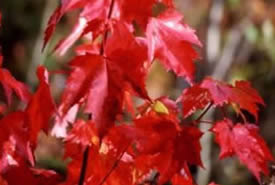
Red maple (Photo by Jean Isaacs)
Trees have played a significant cultural role in the lives of many Canadians; they are engrained in our national identity. Take the Canadian flag, for instance. It features a single, prominent red maple leaf in the centre, which speaks to the...
What the knowledge of how trees communicate means for forest conservation
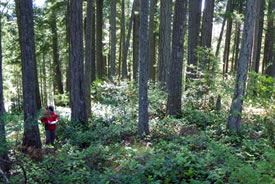
A shady Douglas-fir forest (Photo by Jenny McCune)
Japanese people are generally familiar with shinrin-yoku or forest bathing — the practice of being immersed in a forest. In Germany, the concept is referred to as Waldsehligkeit, a feeling of profound well-being that comes from being...
Monarch migration reflections
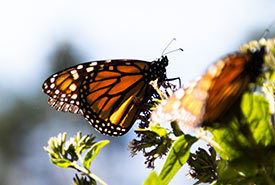
One of the millions of monarchs I saw in the Monarch Butterfly Biosphere Reserve in Michoacán, Mexico (Photo by Alberto Becerra)
I am an immigrant to this country, as are most people across this diverse continent with such a complex history. In fact, all who are not indigenous to this land are immigrants. When I was just a toddler, my family and I immigrated to Canada from...
Backpack Essentials: Don’t let the ticks bite!
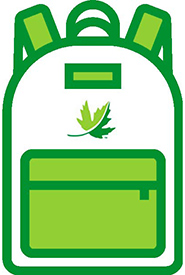
Backpack Essentials (Image by NCC)
This blog post is part of the Backpack Essentials series, a series that explores the items that Nature Conservancy of Canada (NCC) staff carry with them when heading outside. It is inspired by the quarterly Nature Conservancy of Canada Magazine...
Where the river stops: Why habitat connectivity is critical for healthy fish populations across Canada
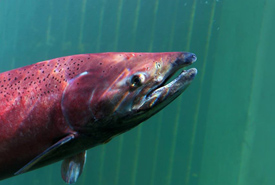
Spawning Chinook salmon (Photo by Fish On in the Yukon)
Before you read any further, stop and think about a fish migrating up a river. Chances are that fish is a salmon and that river is in BC. There’s good reason that salmon in BC have come to symbolize fish migration. The return of millions of...
Tales of recovery: Cooper's hawk
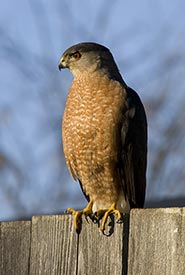
Cooper's hawk (Photo by Jim Johnson, CC BY-NC-ND 4.0)
Not that long ago, we used the “Santa Claus method” to classify wildlife. There was the nice list. Animals like deer and trout and ducks were on that list. These were mostly animals that we liked to hunt and fish, but also animals that...
Gotta catch 'em all? Count me in!
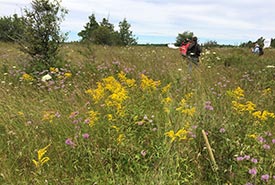
Carden Alvar butterfly count, 2017 (Photo by NCC)
As part of the 2019 Carden Alvar Butterfly Count, we were armed with a few nets and catching jars as our mighty group of eight, comprised of Nature Conservancy of Canada (NCC) staff and conservation volunteers, set out on a mission: to identify...
Smile for the camera
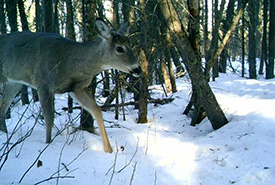
Deer caught on trail cam (Photo by NCC)
We use a lot of intricate technology at the Nature Conservancy of Canada (NCC). When I’m out surveying an ecosystem in eastern Ontario, radio waves are bouncing between satellites in the sky and a receiver in my phone, to precisely locate...
Tales of recovery: Eastern bluebird
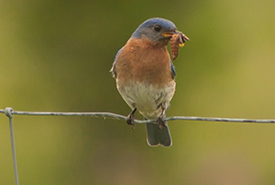
Eastern bluebird (Photo by Cameron Curran/NCC staff)
There is perhaps no other bird that has endeared itself into our popular culture as the bluebird. It’s the helpful feathered friend in Snow White, Sleeping Beauty and Cinderella. Bluebird is in the lyrics of over 500 songs, performed by...

